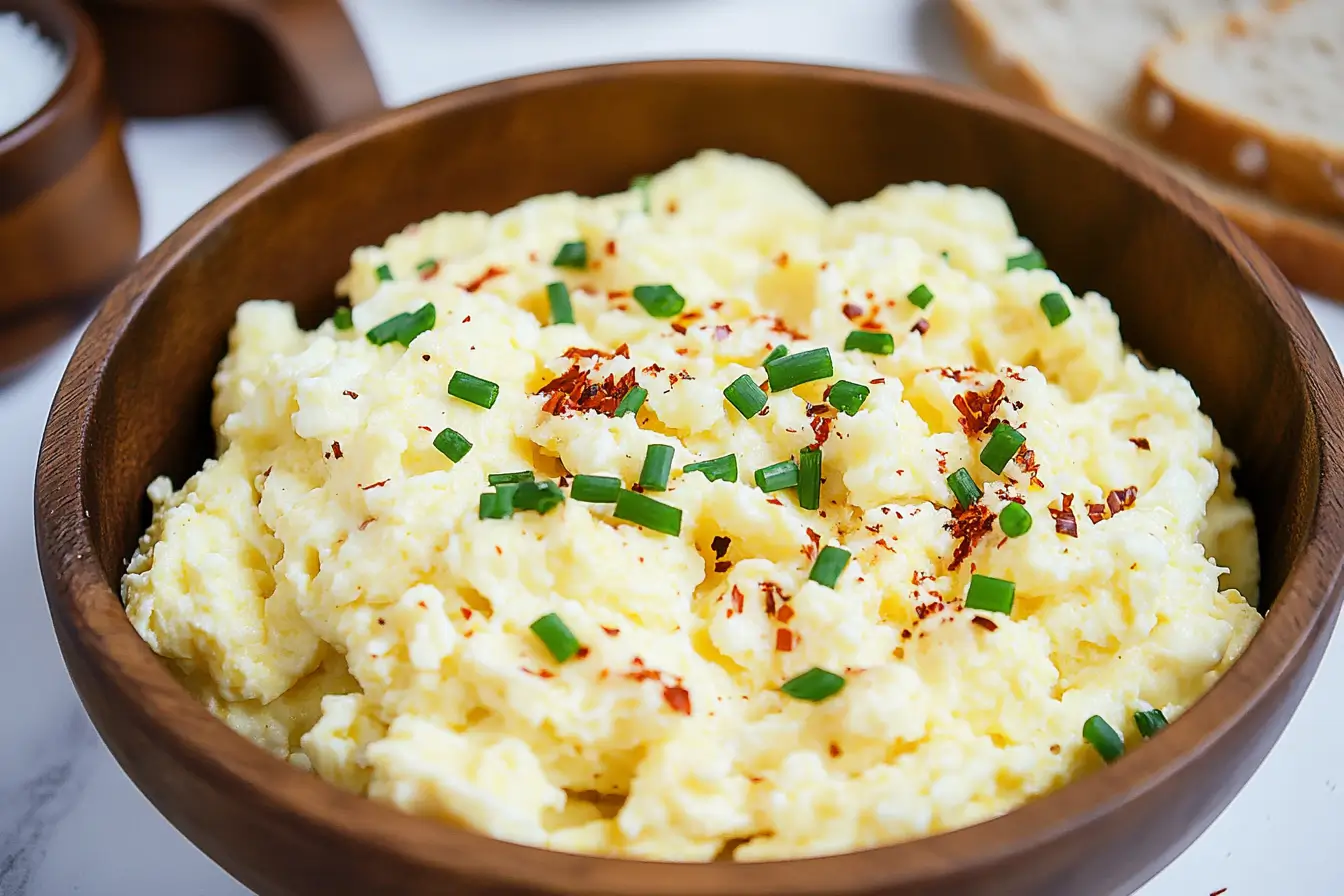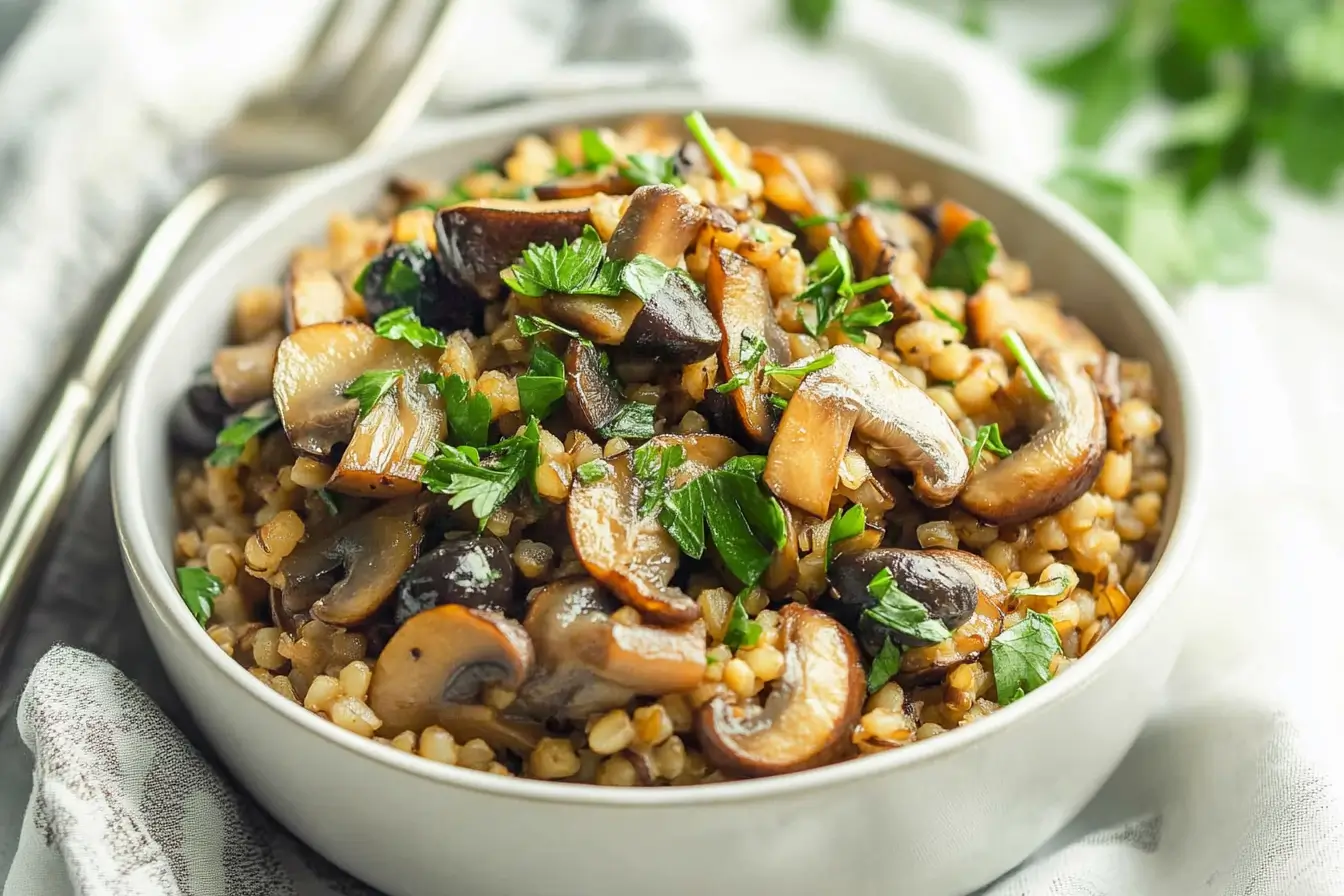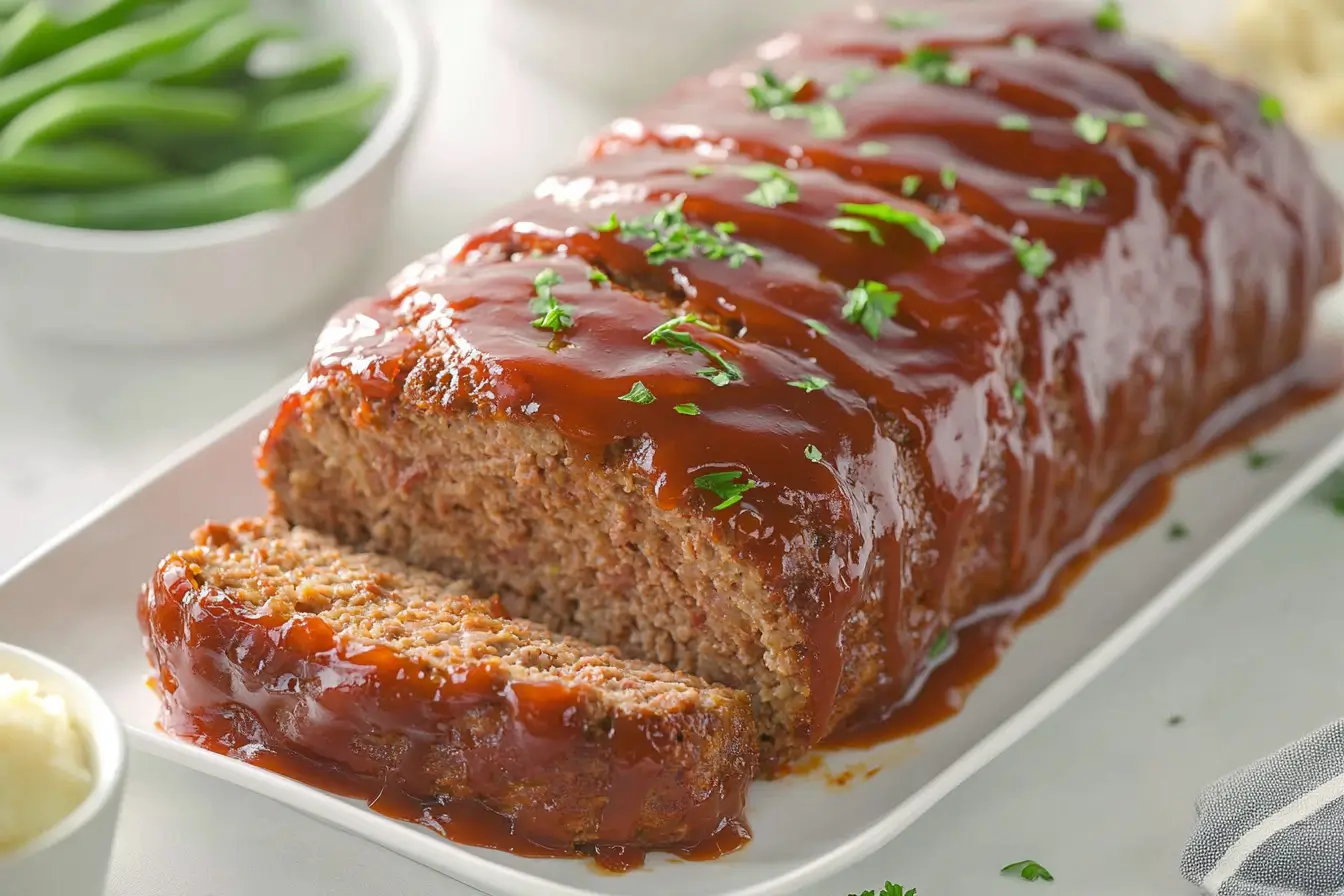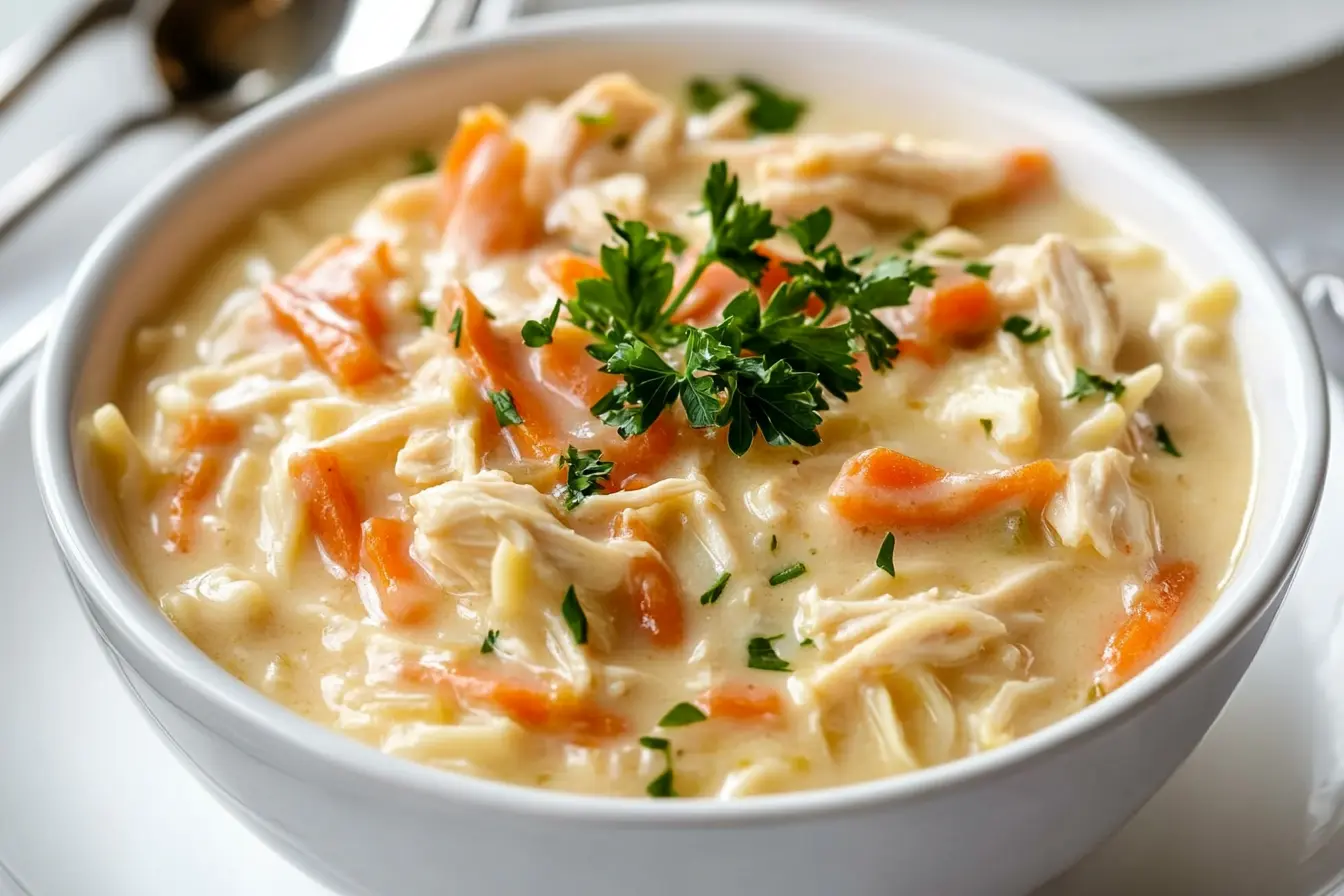Are you curious about what makes oven-baked salmon perfectly moist or frustratingly dry? Bake salmon at 350 to achieve the ideal balance of flavor and texture.
This guide will help you master the art of baking salmon, ensuring a delicious and healthy meal every time.
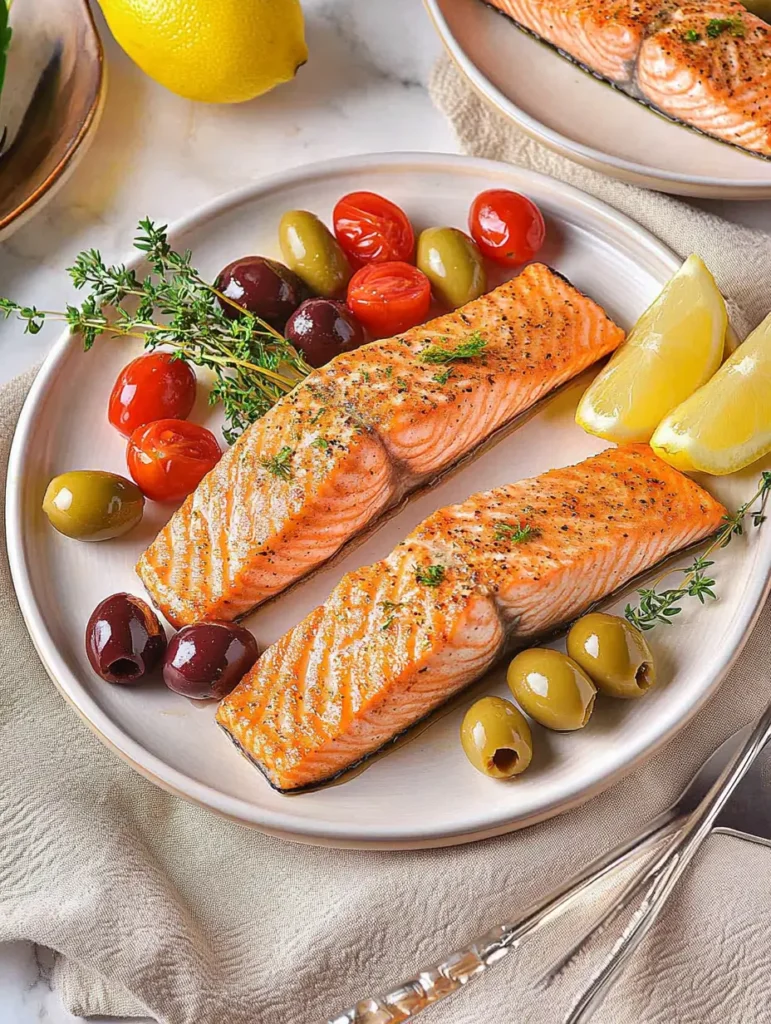
Understanding the Basics of Salmon Baking
Learning to bake salmon starts with the basics. You need the right salmon, tools, and ingredients. These are crucial for cooking salmon just right.
Different Types of Salmon for Baking
Salmon types change the taste and texture. Atlantic salmon is mild, while Sockeye is rich and red. Coho salmon is in between.
Each type needs a different cooking time. This ensures it’s cooked just right.
Essential Kitchen Tools for Baking Salmon
You’ll need a few tools for the perfect salmon:
- A reliable baking sheet
- Parchment paper for easy cleanup
- A meat thermometer for accurate temperature readings
- Tongs for safe handling
The Importance of Salmon Quality and Freshness
Fresh salmon is essential for great taste. Choose salmon with bright, firm flesh and no strong smell.
Quality salmon cooks evenly. This lets you control the cooking time better. Freshness is key to cooking salmon perfectly.
How Long to Bake Salmon at 350
Bake salmon at 350 makes it tender and flaky. The cooking time depends on the fillet’s thickness. Let’s look at the best baking times and how to cook salmon perfectly.
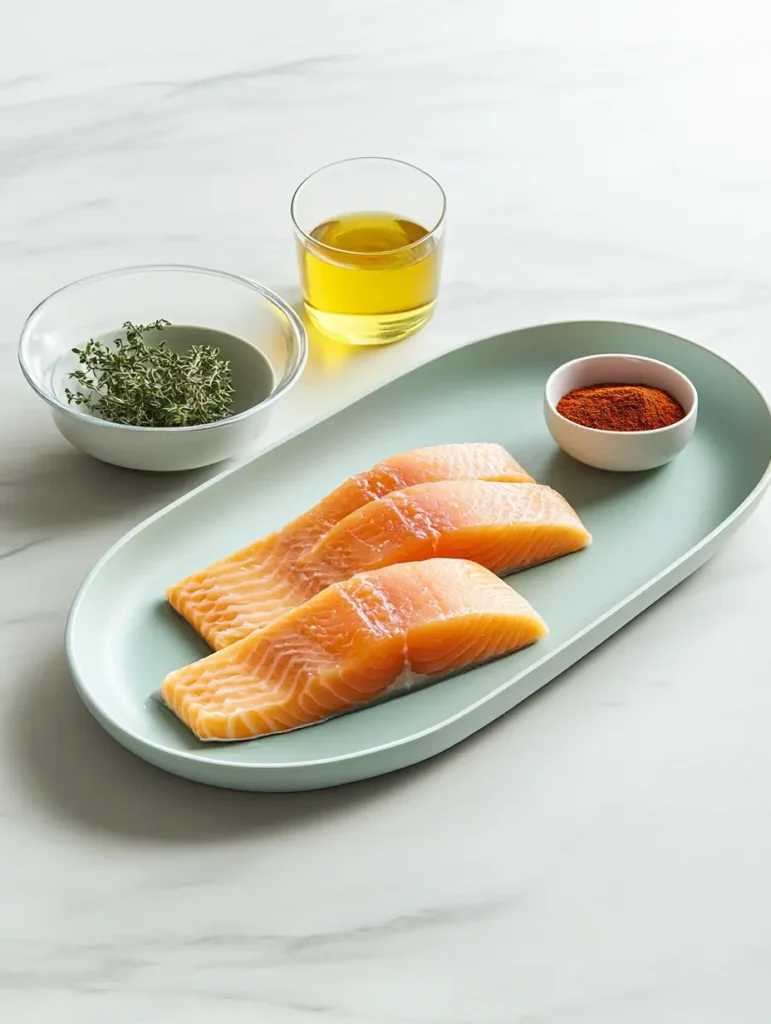
Cooking Time for Different Salmon Thicknesses
A 1-inch thick salmon fillet bakes for 12-15 minutes at 350°F. Thinner fillets need 8-10 minutes, and thicker ones up to 20 minutes. Always check your salmon a few minutes early to avoid overcooking.
Signs of Perfectly Cooked Salmon
Here are the signs your salmon is cooked right:
- The flesh is opaque and flakes easily with a fork
- The internal temperature reaches 145°F
- The color changes from translucent pink to a lighter shade
Temperature Testing Methods
Use an instant-read thermometer to check the salmon’s internal temperature. Please insert it into the thickest part of the fillet. If you don’t have a thermometer, press the top of the fillet with a fork. If it flakes easily and the flesh is opaque, it’s ready.
Perfectly baked salmon comes from knowing how long to bake it at 350 and controlling the temperature. With practice, you’ll cook salmon to your liking every time.
Preparing Your Salmon for Baking
Ready to bake salmon in the oven? First, pick the right fish. The salmon’s price shows its quality. Choose fresh, high-grade fillets for the best taste.
Before cooking, remove any bones from your salmon. Use your fingers to find pin bones, then pull them out with tweezers. This makes eating easier.
Next, decide if you want the skin on or off. Skin-on fillets can prevent overcooking and add flavor. If you prefer skinless, use a sharp knife to separate the skin from the flesh.
- Portion your salmon into equal sizes for even cooking
- Pat the fillets dry with paper towels
- Season with salt and pepper or your favorite herbs
For extra flavor, marinate your salmon. Mix olive oil, lemon juice, and herbs. Marinate for 30 minutes to an hour before baking.
Remember to let your salmon come to room temperature before baking. This ensures it cooks evenly. Take it out of the fridge 15-20 minutes before cooking.
By following these steps, you’ll make a delicious oven-baked salmon dish. It’s worth every penny of its price.
Best Seasoning Options for Oven-Baked Salmon
Make your salmon dish even better with tasty seasonings. Try Mediterranean, herbs, and Asian spices for a variety of flavors.
Mediterranean-Style Seasonings
For a Mediterranean twist, mix olive oil, lemon juice, garlic, and oregano. Add capers and chopped olives on top. This mix brings the Mediterranean to your dish.
Classic Herb Combinations
Try pesto salmon for a fresh taste. Spread basil pesto on your salmon before baking. You can make it or buy it. It makes your dish vibrant and tasty.
Asian-Inspired Flavors
For an Asian-inspired flavor, mix soy sauce, ginger, and sesame oil, adding honey for sweetness. This creates a glaze that caramelizes in the oven, enhancing the salmon with a rich umami taste.
- Lemon-dill: A classic pairing that’s light and refreshing
- Maple-mustard: Sweet and tangy, perfect for a change of pace
- Cajun spice: For those who like a bit of heat with their salmon
Try these seasonings to find your favorite. The secret to great salmon is balancing flavors without hiding the fish’s taste.
Step-by-Step Guide to Baking Perfect Salmon
Mastering how long to bake salmon at 350 is key to achieving tender, flaky results. Follow these steps for perfectly baked salmon:
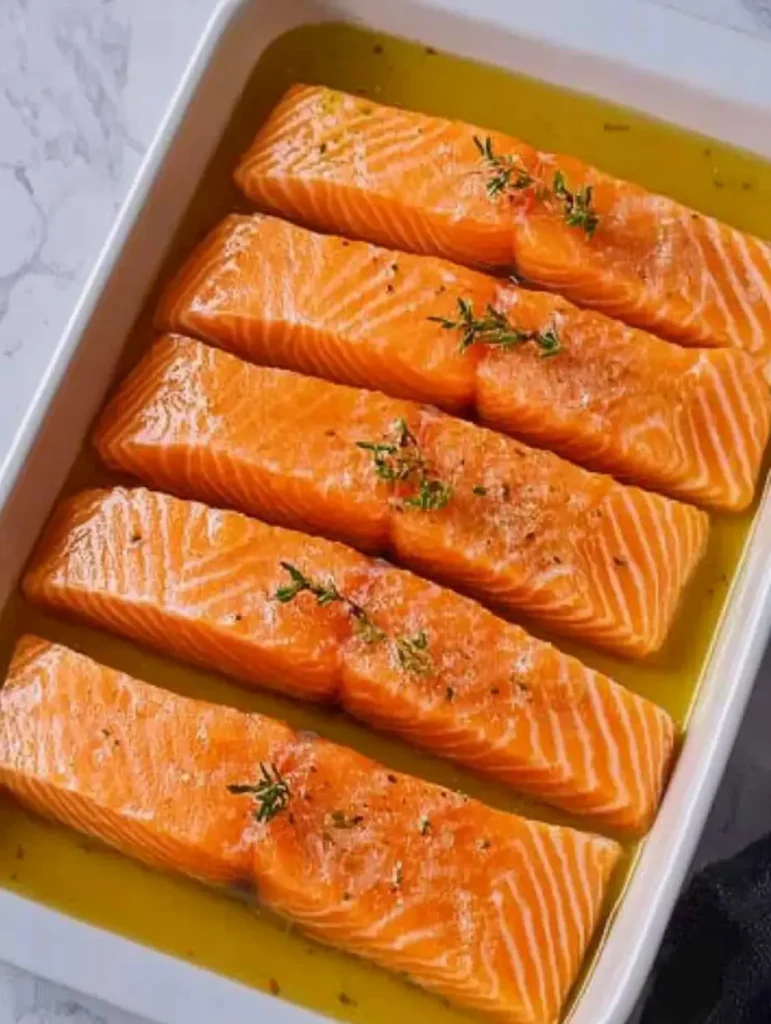
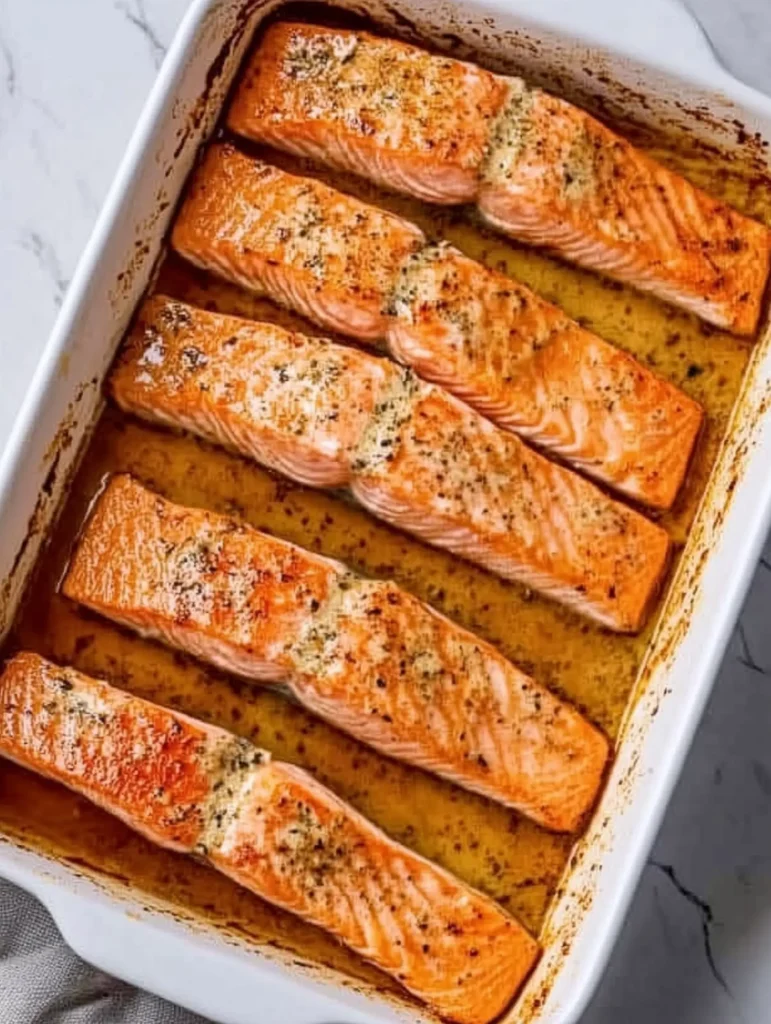
• Preheat and Prepare: Preheat your oven to 350°F. Line a baking dish with parchment paper or grease it lightly to prevent sticking and ease cleanup.
• Season the Salmon: Place the salmon fillet skin-side down in the dish. Add your favorite seasonings, such as salt, pepper, or a blend of herbs and spices.
• Bake the Salmon: Bake a 1-inch thick fillet for 12-15 minutes. Adjust cooking time for thinner or thicker fillets. Monitor closely to avoid overcooking.
• Check for Doneness: Test the salmon with a fork. It’s done when it flakes easily and the center is slightly translucent. For accuracy, use a meat thermometer; it should read 145°F.
• Rest Before Serving: Let the salmon rest for a few minutes after baking. This helps redistribute the juices, ensuring moist, flavorful fish.
With this guide, you’ll bake salmon at 350 to perfection every time.
Common Mistakes to Avoid When Baking Salmon
Mastering oven-baked salmon doesn’t have to be tricky. By understanding common mistakes and how to avoid them, you can achieve perfect results every time. Let’s explore frequent errors and their solutions.
Temperature Control Issues
Temperature control is key to perfectly baked salmon. Setting the oven too high can lead to dry, overcooked fish. For optimal results, preheat your oven to 350°F (175°C). This moderate temperature ensures even cooking while keeping the salmon moist and tender.
Seasoning Errors
Seasoning can greatly affect the outcome of your oven-baked salmon. Avoid over-salting, as it can overshadow the fish’s natural flavor. Instead, use a light touch of sea salt, fresh herbs, and a hint of lemon zest or olive oil to complement the delicate taste.
Timing Mistakes
Overcooking is a common issue with salmon. The ideal salmon cooking duration depends on the thickness of your fillet. As a rule of thumb, bake for about 12-15 minutes per inch of thickness. Always check for doneness a few minutes before the estimated cooking time to prevent dry, flaky fish.
- For 1-inch thick fillets: 12-15 minutes
- For 1.5-inch thick fillets: 15-20 minutes
- For 2-inch thick fillets: 20-25 minutes
By avoiding these common mistakes, you’ll be well on your way to perfecting your oven-baked salmon technique.
Variations of Baked Salmon Recipes
Baked salmon offers a world of flavors. For a Mediterranean twist, combine olive oil, lemon juice, garlic, and herbs like oregano and basil. Spread over your fillet before baking for a fresh and vibrant meal.
Pesto lovers can try spreading store-bought or homemade pesto over the salmon. The basil, pine nuts and Parmesan create a flavorful crust as it bakes.
For an Asian-inspired glaze, mix soy sauce, ginger, and honey. Brush it on during the final minutes of baking for a perfect sweet and savory balance.
- Mediterranean: Olive oil, lemon, garlic, herbs
- Pesto: Basil, pine nuts, Parmesan, olive oil
- Asian: Soy sauce, ginger, honey
Feel free to mix and match ingredients to create your signature baked salmon recipe. Each variation enhances the natural richness of the fish while bringing something unique to the table.
Side Dishes That Complement Baked Salmon
The right side dishes can make your salmon even better. Let’s look at some tasty options that go well with this fish.
Vegetable Pairings
Fresh vegetables perfectly complement baked salmon. Roasted asparagus, sautéed spinach, or grilled zucchini are light options that enhance, rather than overshadow, the fish’s flavor.
For a Mediterranean-inspired side, consider a Greek salad with crisp cucumbers, juicy tomatoes, and tangy feta cheese. These simple yet flavorful pairings make any salmon dish complete.
Grain and Starch Options
Grains add substance to your meal. Quinoa, brown rice, or couscous are good with salmon. For a twist, try a wild rice pilaf or orzo pasta salad.
These options soak up any extra sauce. They also provide a nice texture contrast.
Sauce Recommendations
A good sauce can elevate your salmon dish. Lemon dill sauce is a classic choice that enhances the fish’s natural flavors. For a richer option, try a creamy garlic butter sauce.
If you’re aiming for a Mediterranean vibe, a simple olive oil and herb dressing is perfect.
Remember, balance is key. Choose sides that complement, not overpower, your salmon. Mix and match these options to create a meal that’s both delicious and visually appealing.
Storage and Reheating Guidelines
Proper storage keeps your oven-baked salmon fresh and delicious. Cool leftovers completely, then place them in an airtight container. Refrigerate for up to 3 days, or wrap tightly and freeze for up to 3 months.
Reheating is key to maintaining moisture. Follow these methods to warm up salmon without drying it out:
- Oven: Preheat to 275°F and reheat salmon for 10-15 minutes.
- Microwave: Cover with a damp paper towel and heat in 30-second intervals.
- Stovetop: Add water to a pan and warm salmon over medium-low heat for 5-7 minutes.
Drizzle with olive oil or a squeeze of lemon to boost flavor before serving. Proper storage and reheating ensure you enjoy your salmon long after it’s been baked.
Health Benefits of Properly Baked Salmon
Perfectly cooked salmon is full of health benefits. It keeps its nutrients when cooked right. This makes it a superfood. Let’s look at why baked salmon is good for you.
Nutritional Value
Baked salmon is loaded with good stuff. It has vitamins B12 and D, selenium, and potassium. These help your immune system, bones, and overall health. Even though salmon prices vary, its nutritional value stays high.
Omega-3 Benefits
Salmon is known for its omega-3 fatty acids. These fats are great for your heart and brain. They lower inflammation, blood pressure, and heart disease risk. Cooking salmon right keeps these oils, making it heart-healthy.
Protein Content and Benefits
Baked salmon is a top-notch protein source. A 3-ounce serving has about 22 grams of protein. Protein is key for muscle growth, repair, and keeping a healthy weight. Salmon offers a tasty, lean protein option.
- Supports muscle growth and repair
- It helps maintain a healthy weight
- Promotes feelings of fullness
Adding perfectly cooked salmon to your meals is a health investment. Salmon might cost more than other proteins, but its benefits are worth it.
Tips for Buying Quality Salmon
Choosing quality salmon is key for delicious results when baking. While price can indicate quality, other factors matter too. Look for vibrant, moist salmon with a fresh, ocean-like smell. Avoid fish with brown spots or strong odors.
- Opt for wild-caught salmon for richer flavor and higher nutrition
- Choose firm, translucent flesh that springs back when touched
- If buying whole fish, check for clear eyes and bright red gills
- Consider thickness for consistent baking results
Salmon prices vary by origin and seasonality. Though pricier salmon is often better, buying during peak seasons or choosing frozen options can offer excellent value. Always select the right cut for your baking needs to ensure even cooking.
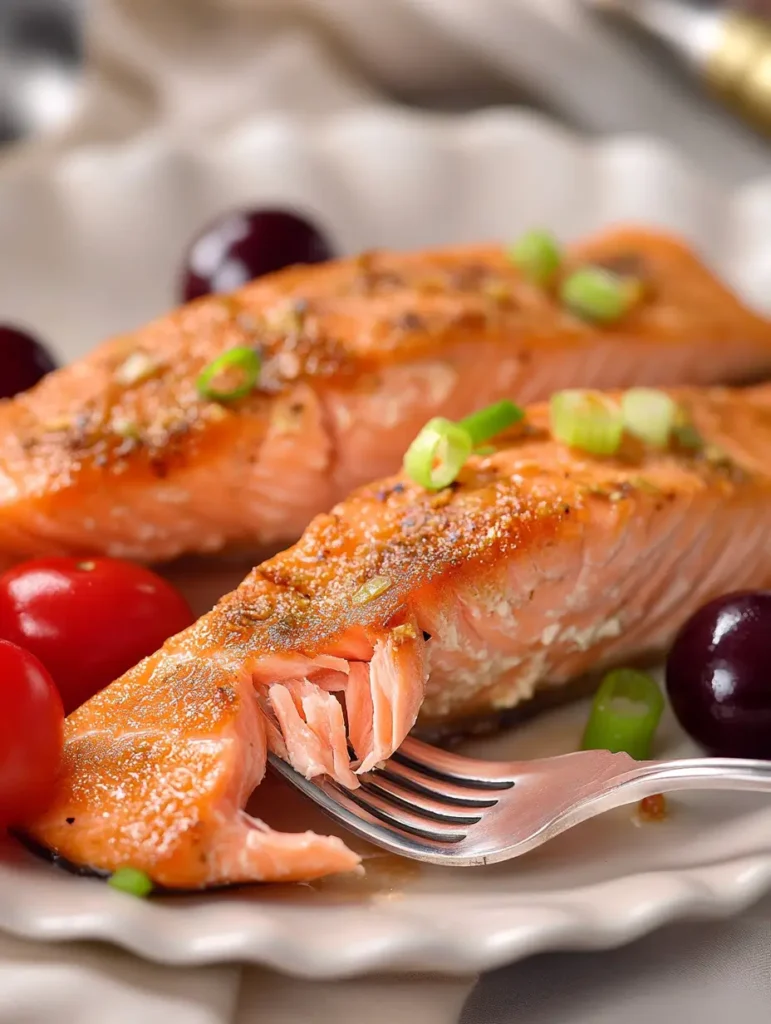
Conclusion
Mastering how long to bake salmon at 350 ensures moist, flaky, and delicious results. Whether you prefer Mediterranean, classic herb, or Asian-inspired flavors, seasoning and proper tools make all the difference.
FAQ
Q: How long should salmon be in at 350?
A: Baking time varies based on the thickness of the salmon. A 1-inch thick fillet typically takes 20-25 minutes. Thinner fillets may be done in 15 minutes, while thicker ones could need up to 30 minutes. Use a meat thermometer to ensure the internal temperature reaches 145°F.
Q: Is it better to bake salmon at 375 or 400?
A: Both temperatures work, but 375°F is ideal for moist, evenly cooked salmon. Baking at 400°F creates a crispy crust while maintaining a tender interior. Choose the temperature based on your texture preference.
Q: How long does it take to grill salmon at 350 degrees?
A: Grilling salmon at 350°F typically takes 10-15 minutes, depending on the fillet’s thickness. Flip the salmon halfway through cooking and use a meat thermometer to check for an internal temperature of 145°F.
Q: What is the best temperature and time to cook salmon?
A: Baking salmon at 350°F for 20-25 minutes or at 375°F for 15-20 minutes is ideal. The internal temperature should reach 145°F for perfectly cooked salmon.
Q: Should I bake salmon with the skin on or off?
A: Baking salmon with the skin on helps retain moisture and makes it easier to handle. If you dislike the skin, remove it after baking.
Q: How can I tell if my salmon is perfectly cooked?
A: Perfectly cooked salmon is opaque outside and slightly translucent in the center. It should flake easily with a fork while remaining moist. Use a meat thermometer to check for 145°F at the thickest part.

